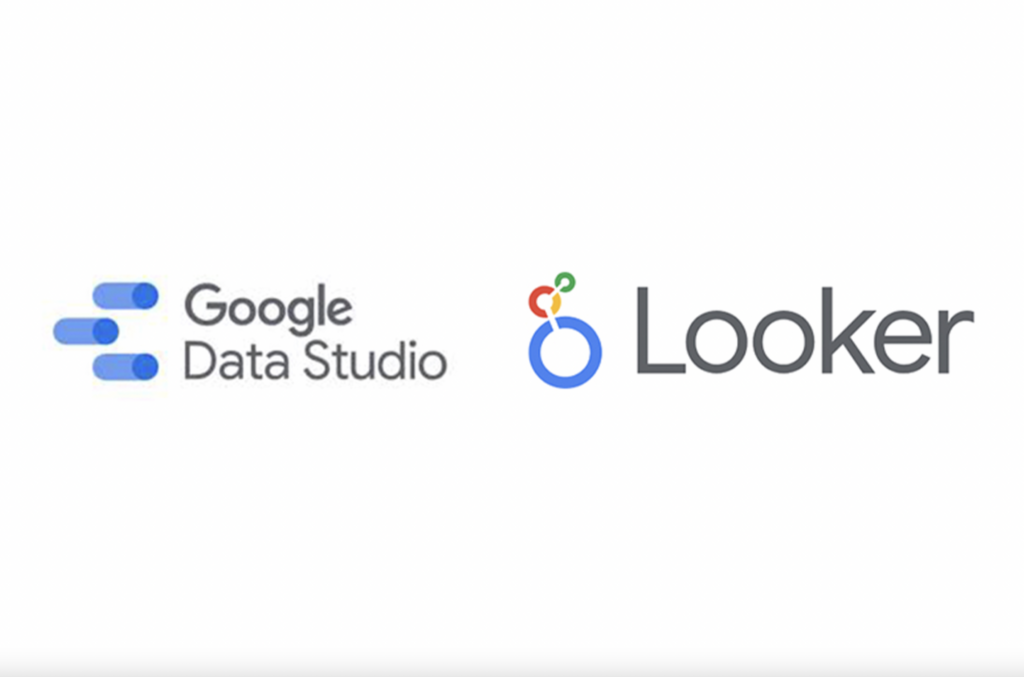Menu

Every second of every day more data is being generated. Interpreting such complex sets can be challenging for you and your team. This is where data visualization comes in.
Unlike the data itself, data visualization is subjective. It can be used to tell a story. A well-designed report shows key metrics clearly. It leaves a lasting impression and keeps your audience engaged. It also boosts client buy-in as they can see how the data supports your strategy and decisions. Our previous blog, Why The Design of Marketing Reports Matters, explains the importance of data visualization.

As marketers who run an agency and sell marketing templates, we know the value of data visualization and how important it is.
So, here are some of our favourite quotes we’ve collected over the years.
Numbers alone rarely create impact—storytelling is what turns data into action. Great data visualization doesn’t just present statistics; it guides the audience through a meaningful journey. By integrating elements like comparison charts, trend lines, and interactive reports, businesses can transform dry figures into compelling narratives that drive decision-making.
Well-structured dashboards and reports help stakeholders understand why a trend is happening, not just that it exists. Whether it’s tracking a marketing campaign’s success, measuring customer engagement, or presenting sales performance, the ability to shape data into an engaging story can define the success of your insights.
Data is only as valuable as the decisions it helps inform. Without clear visual representation, key insights can be buried in spreadsheets, leading to overlooked opportunities or misinformed strategies.
By using charts, dashboards, and interactive reports, businesses can quickly identify trends, spot anomalies, and make data-backed decisions with confidence. Whether optimizing an ad campaign, tracking customer engagement, or forecasting sales, effective visualization ensures that teams act on facts rather than assumptions.
When paired with the right reporting tools, data visualization transforms raw numbers into a strategic asset—guiding businesses toward smarter, faster, and more impactful choices.
Even the most powerful data sets can be undermined by poor visualization choices. Here are some of the most common mistakes businesses make when presenting data—and how to avoid them:

Too many elements in a chart—excessive labels, unnecessary colors, or multiple data series—can overwhelm viewers. Stick to clean, simple visuals that emphasize the key takeaway.
Improper scaling or misrepresenting values can distort conclusions. Always ensure axes, scales, and labels are accurate so that your data remains credible.
Not all stakeholders need the same level of detail. Executives may require high-level summaries, while analysts may need granular data. Customize reports based on the audience for maximum impact.
Bar charts, line graphs, pie charts—each serves a unique purpose. Matching the correct visualization to your data type ensures clarity and comprehension.
By avoiding these common mistakes, you ensure your data visualization efforts remain impactful and easy to interpret.

Google Looker Studio is my go-to to achieve effective data visualization. These tools let you create and manipulate interactive dashboards and reports.
The perfect place to get started is with our Ultimate Guide to Google Looker Studio. In this ultimate guide, you’ll learn all about Google Looker Studio and how to use it.
Data visualization plays a critical role in data analysis and interpretation. It acts as a bridge between raw numbers and actionable insights, making complex information more accessible and impactful. Hopefully, these quotes have inspired you to think more critically about how you present data and how it influences decision-making.
If you’re looking for practical resources to enhance your visual reporting, explore our Looker Studio Tips article. By leveraging the right techniques and tools, you can create reports that are not just informative—but unforgettable.
Get a Premium GA4 Template for FREE
A marketplace to buy and sell 100’s of high quality templates, dashboards and reports from Looker Studio templates to Contracts and SOWs. Instant download and product support is what sets us apart.